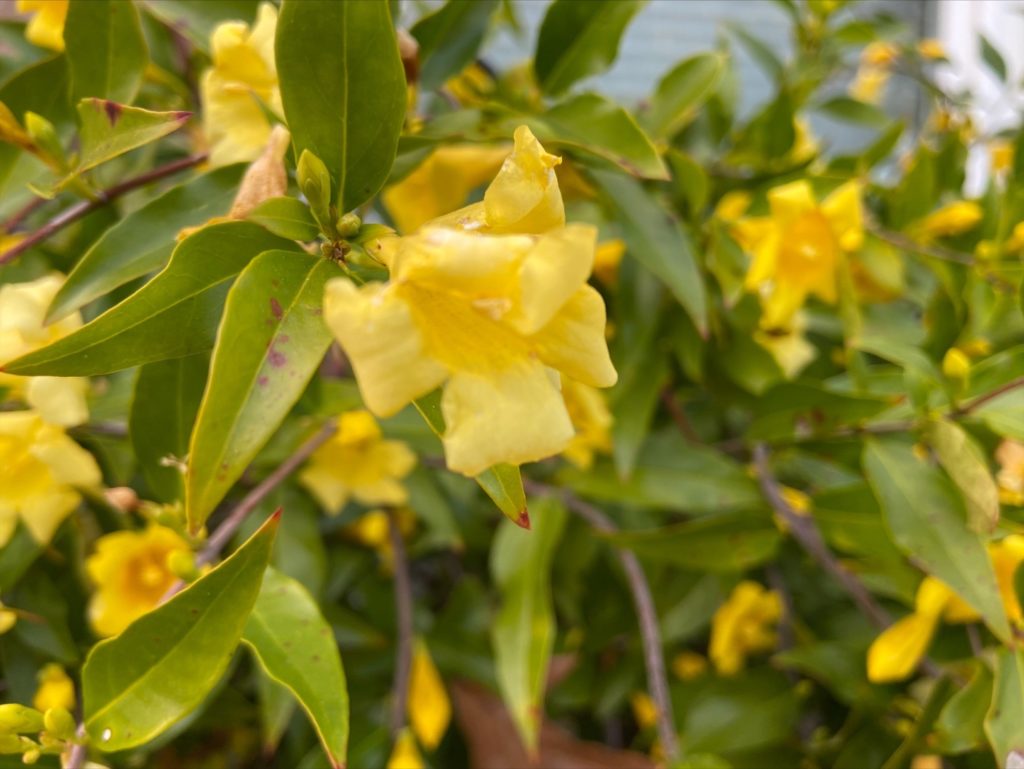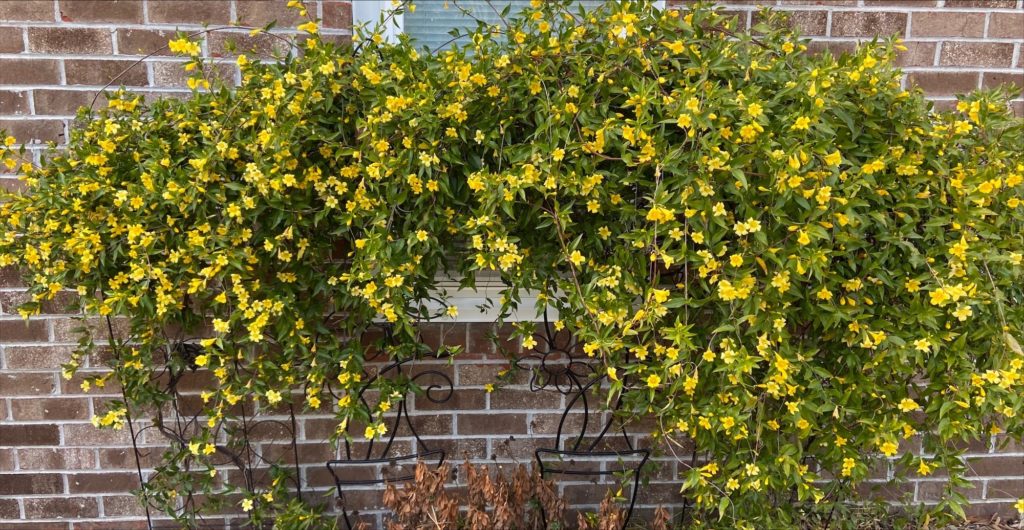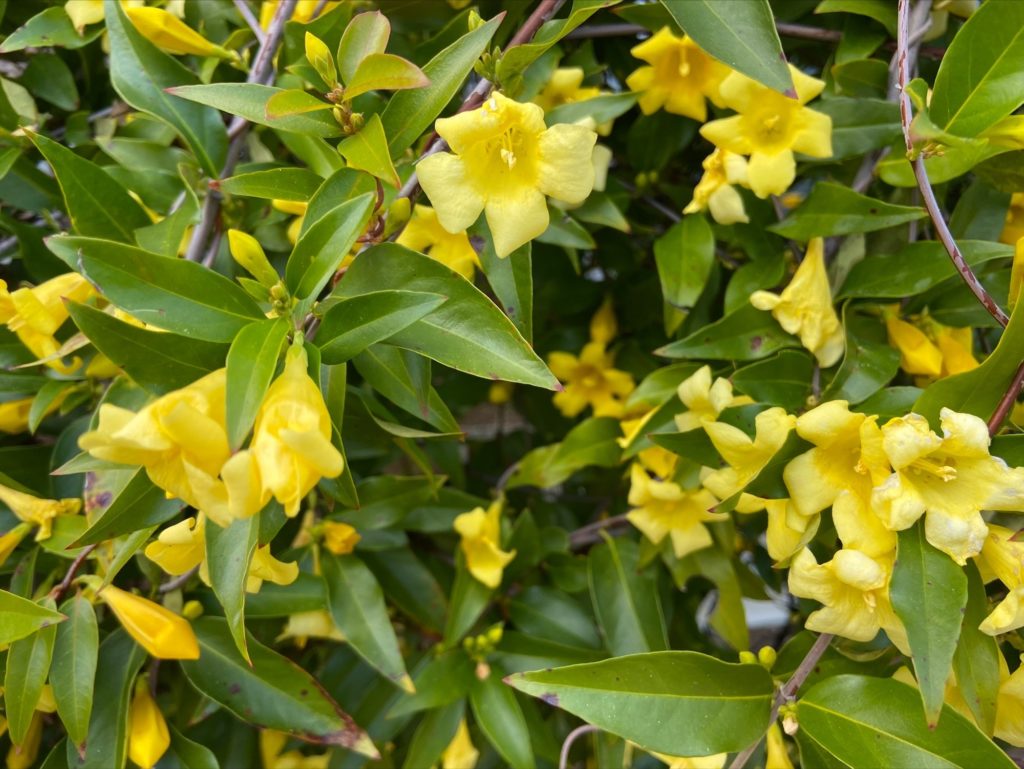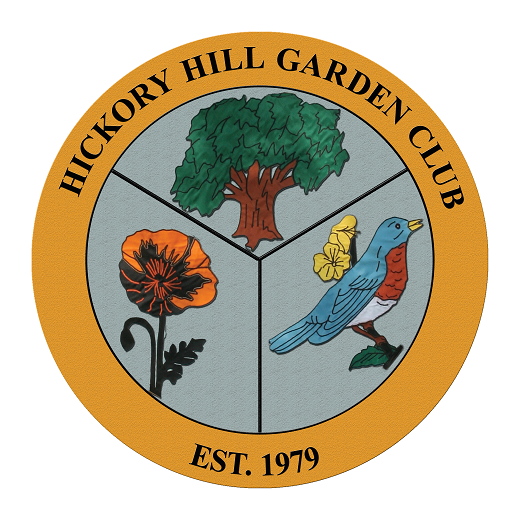Gardener’s Glossary
Annual: Plant that completes its life cycle in a single year. Annuals sprout up from seeds, grow leaves and stems, flower or fruit, produce their own seeds, and then die. Though some annuals come back in the same spot year after year because their seeds drop on the soil and germinate the following season, the plants and their roots do not survive from one year to the next.
Biennial: Plant with a two-year life cycle. The first season it grows roots, stems, and a lower cluster (or rosette) of leaves, which survive winter. The second season, biennials form flowers, fruit, and seeds. Hollyhock, foxglove, and sweet William are familiar biennials.
Biochar: Gradually heated decaying plant matter becomes charcoal, called biochar, that nurtures the beneficial microbes in the soil and increases plants’ access to nutrients and moisture.
Botanical names classify each plant with two Latin words. The first word describes the genus (example, llex) and the second, the epithet (example, aquifolium). Together, they make up the name for a particular plant species, such as llex aquifolium (English holly). Other species in the same genus are given different epithets, such as llex crenata and llex serrata. The system has been developed so that the entire plant kingdom is divided into a universally recognized “family tree”.
Behind the name – The two-part Latin name given to each plant can give useful clues to the plant’s geographic origins and natural habitat, as well as allowing similar plants to be grouped together.
The second part of the plant’s name denotes the species and often reflects the physical characteristics of the plant. For example, cyanus describes a blue plant, such as Centaurea cyanus, and Octopetala (as in Dryas octopetala) means “eight petals.” The species name can also reflect the person who discovered the plant (as in Magnolia wilsonii); its natural habitat (pratensis denotes a meadow-growing plant); or the plant’s country of origin (species called sinensis are from China).
Bulb: An underground structure storing nutrients that ensures a plant’s survival from one year to the next, even after the aboveground parts die back in winter. Daffodils grow from bulbs.
Coir: The fibrous husks from coconut shells that are ground and used as a light, moisture-retaining component of soil mixtures. A by-product of coconut processing, it can be a substitute for peat.
Corm: A swollen stem-base storage structure similar to a bulb. If you’ve grown gladiolus or crocus, you’ve planted corms.
Cultivar: A plant variety with distinct traits that have been cultivated by selective breeding, e.g. ‘Brandywine’ tomatoes or ‘Knock Out’ roses.
Family: A group of several genera that share a set of underlying natural characteristics. Family names usually end in – aceae. Family limits are often controversial.
Genus (plural: genera): A group of one or more plants that share a range of distinctive characteristics. Several (rarely one) genera are classified into one family. Each genera contains one or more species, and its name is printed in italic type with an initial capital letter.
Habit: The shape a plant tends to grow into. Sprawling, upright, and weeping are different kinds of plant habits.
Hardening off: The process of gradually increasing seedlings’ exposure to the sun and air before transplanting them to the garden. Ideally, this takes two weeks.
Humus: Dark, organic material that forms in soil when plant and animal matter decays; an essential source of nutrients for plants.
Hybrid: Varieties produced by controlled pollination to introduce desirable traits.
Mycorrhizae: A group of soil-dwelling fungi that have a mutually beneficial relationship with plants. Mycorrhizae thrive in humus.
Open pollinated: When pollen is transferred from a male stamens to female flowers by insects, birds, wind, and/or other natural mechanisms. Seeds of open-pollinated varieties can be saved and replanted, and the next crop will have same traits as the first.
Perennials: A plant that grows back from its roots year after year. Daylilies, coneflowers, and phlox are popular perennials.
Species: A group of plants that breeds naturally to produce offspring with similar characteristics; these distinguish it from other populations in nature. Each species has a two-part name, conventionally printed in italic type.
Subspecies: A naturally occurring, distinct variant of a species, differing in one or more characteristics. Subspecies are indicated by “subsp.” or “ssp.” in Roman type and an epithet in italic type.
Variegated: Leaves or flowers that have multiple colors, in regular patterns or in streaks.
Varietas and forma: A varietas (var.) is a minor species subdivision, differing slightly in botanical structure. A forma (f.) is a minor variant of a species, often differing in flower color or look from others in the species.
Vermiculite: A kind of silica used in soil mixes to hold and disperse moisture.



